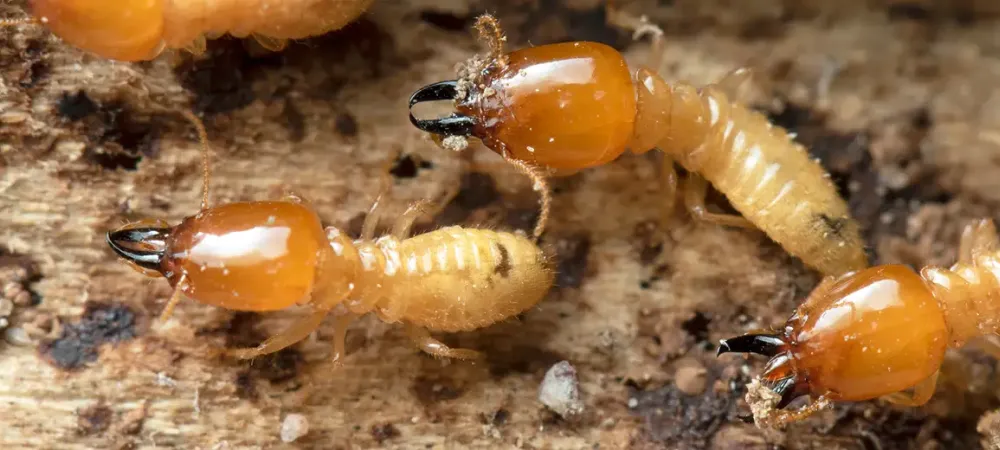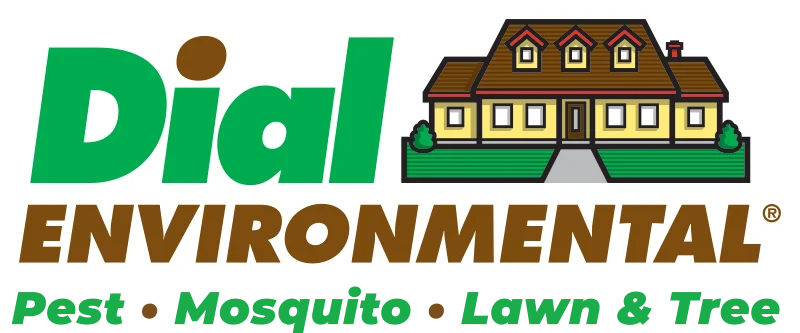What is Frass and How Can I Identify It?

Termites are found in every state with the exception of Alaska. Research by the National Pest Management Association indicates that these voracious eaters cause approximately $5 billion in damage to homes and other buildings each year. Statistics show that your home is more likely to be attacked by termites than to experience a fire. Even buildings constructed from brick, stone or concrete are at risk because termites can attack the frames of windows and doors as well as plaster, baseboards and insulation. Because the insects set up their colonies behind walls or underneath floors, termite damage is often difficult to detect in the early stages. As a result, you should inspect your home for the telltale signs of an infestation, including damaged wood and their frass.
What is Frass?
Termite droppings are called frass, a term derived from the German word fressen, which means to feed the way an animal would. These droppings are a definitive sign that termites are present. Unlike sawdust, which appears like small shavings or slivers, drywood termite frass is small, oval-shaped pellets with concave sides and rounded ends. The granular pellets are approximately one millimeter in length. You may need a magnifying glass to see the difference between frass and sawdust. When termites clean their nest, they push fecal matter through an opening called a waste, exit or kick-out hole. As a result, frass is typically found in piles or trails beneath the waste hole. The color of the frass depends upon the type and color of wood the termites are eating. Sawdust is usually uniform in color. Frass is typically found along windowsills, doorframes or baseboards. Because termites clean their nests regularly and push this waste material outside, you will have the opportunity to observe this sign. Identifying frass early and taking action can help limit the amount of damage that termites can do to your home.
Professional Termite Control
When you see what appears to be sawdust, do not sweep or vacuum it away before inspecting the material, especially if there is no reason for it to be present. Check the material to ensure that it is not termite frass. Place some in a bag and contact us if you are not sure. Remember to make note of the location where you found it. We will schedule a visit to provide a free, no-obligation quote. Whether termites, carpenter ants or another insect is causing the problem, Dial Environmental offers eco-friendly pest control programs and year-round prevention techniques. In addition to protecting your home, our expertise and methods ensure the safety of your family and pets. Contact Dial Environmental today!
